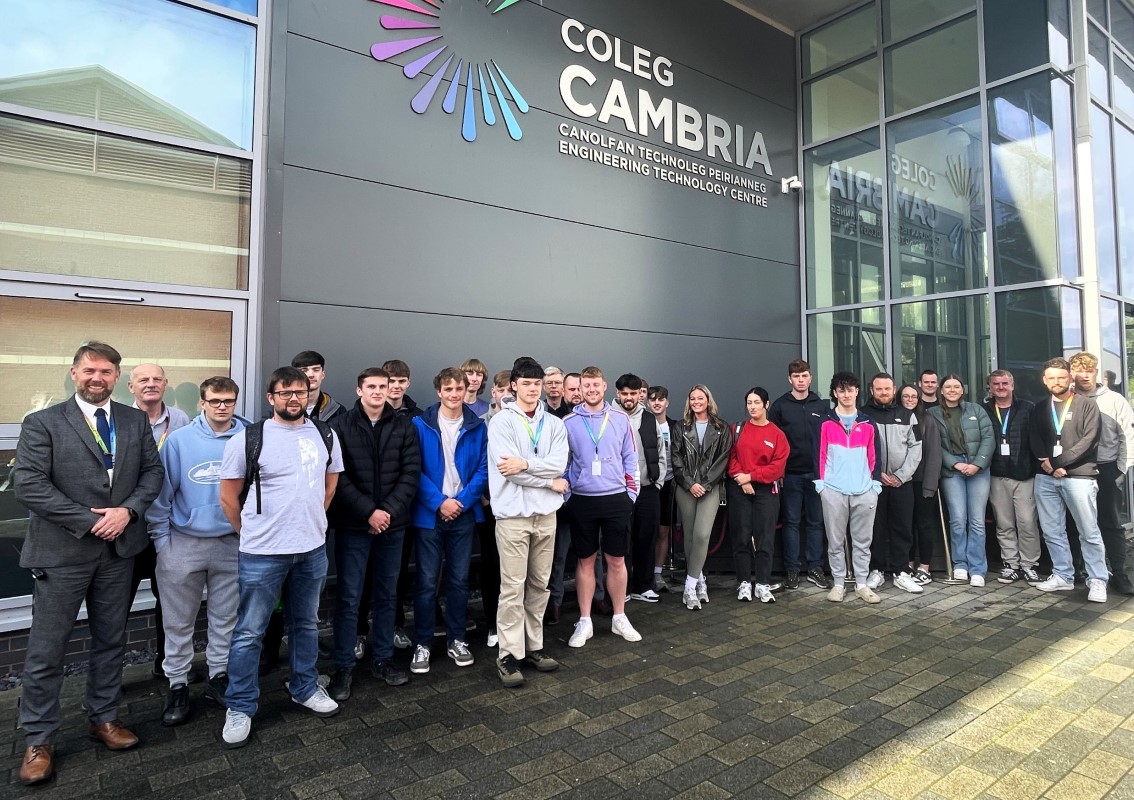Tech Solutions for Teaching Shortage

Teachers are tired, burned out and quitting. According to a survey of teachers done by classroom learning management system Kami, half of all teachers are considering quitting. Kami says that nearly three-quarters of teachers report being, “overworked, underpaid, exhausted, and depressed.”
The Wall St. Journal said teacher resignations are up 148%. And it’s easy to believe. Google “teacher shortage” and you find a waterfall of local stories, all with the same theme – school districts are struggling to find teachers and fill vacancies.
To fill their openings and hold on to their existing teachers, districts are taking traditional action such as raising pay, creating hiring and retention incentives and investing in mental health services and supports. Districts are trying to hire as quickly as they can.
But districts are also exploring and increasingly using technology solutions to bridge growing teaching gaps.
Telecom Teaching
When a Houston area school district found itself with more than 275 teaching vacancies, it turned to a company called Proximity Learning in order, “to livestream certified teachers directly into students’ classrooms.” Districts in South Carolina and suburban Chicago did the same, the company said.
Today, the company says it’s helping districts conduct classes in more than 200 schools across 20 states, reaching more than 45,000 students. Those numbers have helped meet crucial staffing needs in more than 3,000 classrooms.
If the teaching exodus continues, or increases, and traditional hiring methods can’t keep pace, getting teachers into classrooms virtually, by livestream, may become an increasingly popular solution.
On Their Own Engagement
Another technology tool being deployed by districts is self-directed learning, self-supporting engagement in finding and exploring education and career pathways. Providers of these technologies don’t aim to fill classrooms but aim to productively fill the minds and hours of displaced students.
One of those, called Futurescape, is offered by an education non-profit – American Student Assistance (ASA). According to the developers, the “free, immersive digital platform … helps students explore thousands of real-world careers in and beyond the classroom.”
ASA says that, in addition to being a problem on its own, the teacher shortage is contributing to the challenges of student stress and frayed mental health – a twin problem that makes it “more
and more difficult to engage our students in career connected learning.”
The ASA solution is not the only one to use self-directed engagement. But districts are already, and may continue to be, tempted to fill learning and instruction gaps this way – letting students discover on their own and at their own pace until they can be reunited with actual teachers in actual classrooms.
Teachers Creating Virtual Bot Teachers
Another solution being used to close teaching gaps is AI teaching bots that can ask questions, assess answers and prompt correct learning lessons – either advanced or remedial – for every individual student. That’s what Knomadix does.
But these are not blind bots designed to replace teachers, the company says. Instead, they are bots created by teachers and school staff, capable of being put in any type of teaching content, on and active all the time, providing real time, personal learning support – just as a teacher might.
By doing that, the company says, teachers can reach more students, more often and over more hours than they can do normally. By designing and deploying an army of teacher-created engagement and lesson bots, teachers can multiply their time, attention and talent. Bots can, in essence, turn one teacher into two, or two dozen.
“It’s a great and powerful way to expand the reach of teachers, at the exact time we’re seeing fewer and fewer teachers,” said Knomadix founder Ramesh Balan.
Traditional Tutoring
Another way that districts are using technology to overcome teaching shortages is by turning to more traditional tutoring, amplified by tech.
Last September, one of the large tutoring providers, Varsity Tutors, launched a solution called “Varsity Tutors for Schools” that the company says provides “schools supplemental learning solutions at
a school-wide and district-wide level.”
A company spokesperson said, “The Varsity Tutors for Schools product suite delivers personalized
on-demand support, 1-on-1 tutoring, and enrichment opportunities for students at school or at home through the Live Learning Platform. Students meet face-to-face via video with tutors where they can use interactive tools and collaborative workspaces for a truly engaging online experience.”
Since tutors are a well-established, effective teaching and learning support, it’s easy to see how leveraging district-wide tutoring services could help fill in critical teaching shortages.
It’s impossible to know how long the teacher shortage and the large scale departures will last or how severe the shortages will be. But until the crisis recedes or school districts rise to meet it, technology solutions such as these can fill some gaps. It may have to.
Moreover, it’s also entirely possible that many of these learning solutions will stay on well after the teaching shortages subside. For example, expanded access to tutors and always-on, teacher-created bots feel like they have long and broad applications to boost and sustain learning – even in a fully staffed school.
By Derek Newton, Education Writer in NYC











Responses